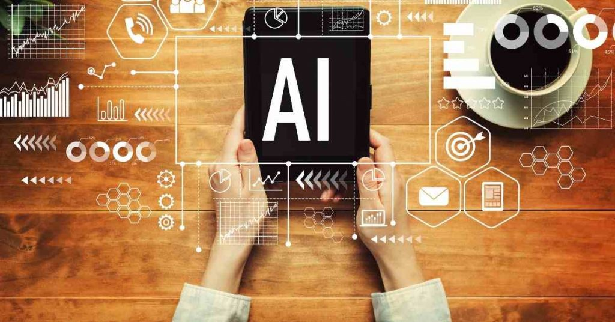Machine learning is one of the most fascinating and rapidly-growing fields in computer science today. In just a few years, it’s gone from being a niche subfield to being one of the hottest topics in tech. As machine learning becomes more ubiquitous, it’s important to stay up-to-date on the latest predictions for its future. In this blog post, we will explore 10 predictions for the future of machine learning from some of the top experts in the field.
What is machine learning?
In its simplest form, Machine Learning is the ability of computers to learn from data and improve their performance over time real money casino games. This process of learning can be supervised, where the computer is provided with a set of training data, or unsupervised, where the computer is left to learn from data itself.
There are different types of machine learning algorithms, each with its own strengths and weaknesses. Some common examples include linear regression, decision trees, and support vector machines.
Machine learning is often used for predictive applications – for example, a machine learning algorithm might be used to predict the likelihood of a customer churning or the probability of default on a loan. It can also be used for more general purposes such as detecting fraud or identifying trends in data.
The future of machine learning looks promising. With ever-increasing computing power and data availability, it is likely that machine learning will become increasingly important in a wide range of applications.
What are the current applications of machine learning?
There are a number of current applications of machine learning, including:
-Autonomous vehicles
-Fraud detection
-Predicting consumer behavior
-Speech recognition
-Protein folding
What are the limitations of machine learning?
There are three primary limitations to machine learning: data, algorithms, and computing power.
Data is the fuel that powers machine learning. Without enough quality data, it is impossible to train effective models. The more data you have, the better your results will be. But gathering and labeling data can be a time-consuming and expensive process.
Algorithms are the recipes that tell machine learning models what to do with the data they are given. There are many different types of algorithms, and each has its own strengths and weaknesses. Finding the right algorithm for a particular task is often a matter of trial and error.
Computing power is the third limitation of machine learning best big win casinos south africa. Training complex models can take days or even weeks on a single computer. To speed up the process, developers sometimes turn to graphics processing units (GPUs) or cloud-based services that offer on-demand computing resources.
How will machine learning evolve in the future?
1. How will machine learning evolve in the future?
The future of machine learning is shrouded in potential but fraught with uncertainty. But despite the many unknowns about the future, there are a number of factors that suggest machine learning will become increasingly important. First, fast-moving technical advances are erasing the divide between human and machine capabilities, and devices are becoming more and more embedded into our everyday lives. In addition, data is becoming more plentiful and easier to collect, making it possible to train ever-more sophisticated models. Finally, as AI applications proliferate, so too does the need for improved ML tools and techniques.
Looking ahead, then, it seems likely that machine learning will play an even more significant role in our lives and work. However, exactly how this unfolds is difficult to predict. The following predictions offer a glimpse into how some experts believe machine learning will evolve in the coming years.
Prediction 1: Machine learning will become more democratized
As machine learning technology matures and becomes more accessible, we can expect to see a wider range of users adopting it for a variety of tasks. This includes not just large tech companies and research labs but also smaller businesses and individual developers who can now access powerful ML tools via cloud services or open-source libraries. We can also expect to see ML being used in new domains such as healthcare, finance, education, and manufacturing.
Prediction 2: More data will be required to train better models
Prediction #1: Machine learning will become more accessible
In the next few years, machine learning will become more accessible to a wider range of people and organizations. This is due to a combination of factors, including the continued growth of cloud computing services, the rise of open source machine learning platforms, and the increasing availability of powerful hardware.
As machine learning becomes more accessible, we will see an increase in its use for a variety of tasks, from improving search results to powering self-driving cars. In addition, machine learning will become increasingly important for businesses as they strive to compete in the data-driven economy.
So what does this all mean for the future of machine learning? We asked a number of experts to weigh in with their predictions. Here’s what they had to say:
Rajeev Duggal, Founder and CEO of iSPIRT:
“Machine learning will become more ubiquitous and democratized. Just like electricity or the Internet, it will become an invisible but essential part of our lives.”
Shivon Zilis, Partner at Bloomberg Beta:
“We’ll start seeing intelligent applications emerge that augment and even replace human decision-making in areas like finance, healthcare, and law.”
Klaus Schwab, Founder and Executive Chairman of the World Economic Forum:
“Machine learning will enable us to create products and services that are deeply personalized to each individual – transforming not only how we live but also how we work.”
